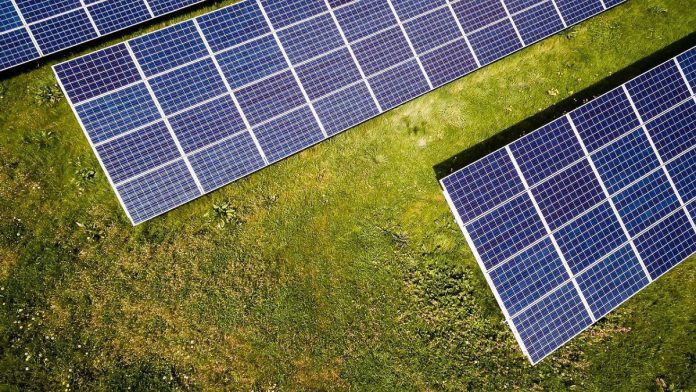Japan breaks in the field of solar energy, abandoning traditional solar panels in favor of innovative perovskit batteries. Canon has introduced a new material that can provide up to 30 years of uninterrupted energy supply, Ecoticias reports.
Perovskit solar panels are a relatively new class of photocells that have a potential to significantly improve the efficiency of energy production. The main component of such panels is a thin layer of hybrid material - lead iodide of methylama. They have already become a serious competitor for silicon photocells, due to their low cost and high efficiency.
However, one of the main drawbacks of perovskit panels was their limited longevity, which was reduced due to the effects of moisture and heat. This problem has largely restrained the widespread introduction of technology on the market.
Revolutionary solution from Canon
Canon has developed a protective coating that can double the life of perovskit panels. It is a semiconductor material, the thickness of which is from 100 to 200 nanometers. It provides reliable protection of the sensitive layer of perovskitis from the negative impact of external factors, such as moisture and heat, which allows to significantly extend the life of the panels-up to 20-30 years.
The new material from Canon not only increases the durability of the panels, but also helps to reduce the cost of their maintenance. However, the effectiveness of photocells is not reduced, and the use of protective coating increases the safety during their operation.
Already this year, Canon plans to provide samples of its protective material to factories that are engaged in the production of perovskit panels. Mass production is planned to start in 2025. The power of perovskite solar cells is expected to reach 38.3 GW by 2024, and by 2050 it can exceed 84.2 GW, which is much higher than the current power of traditional solar panels.


